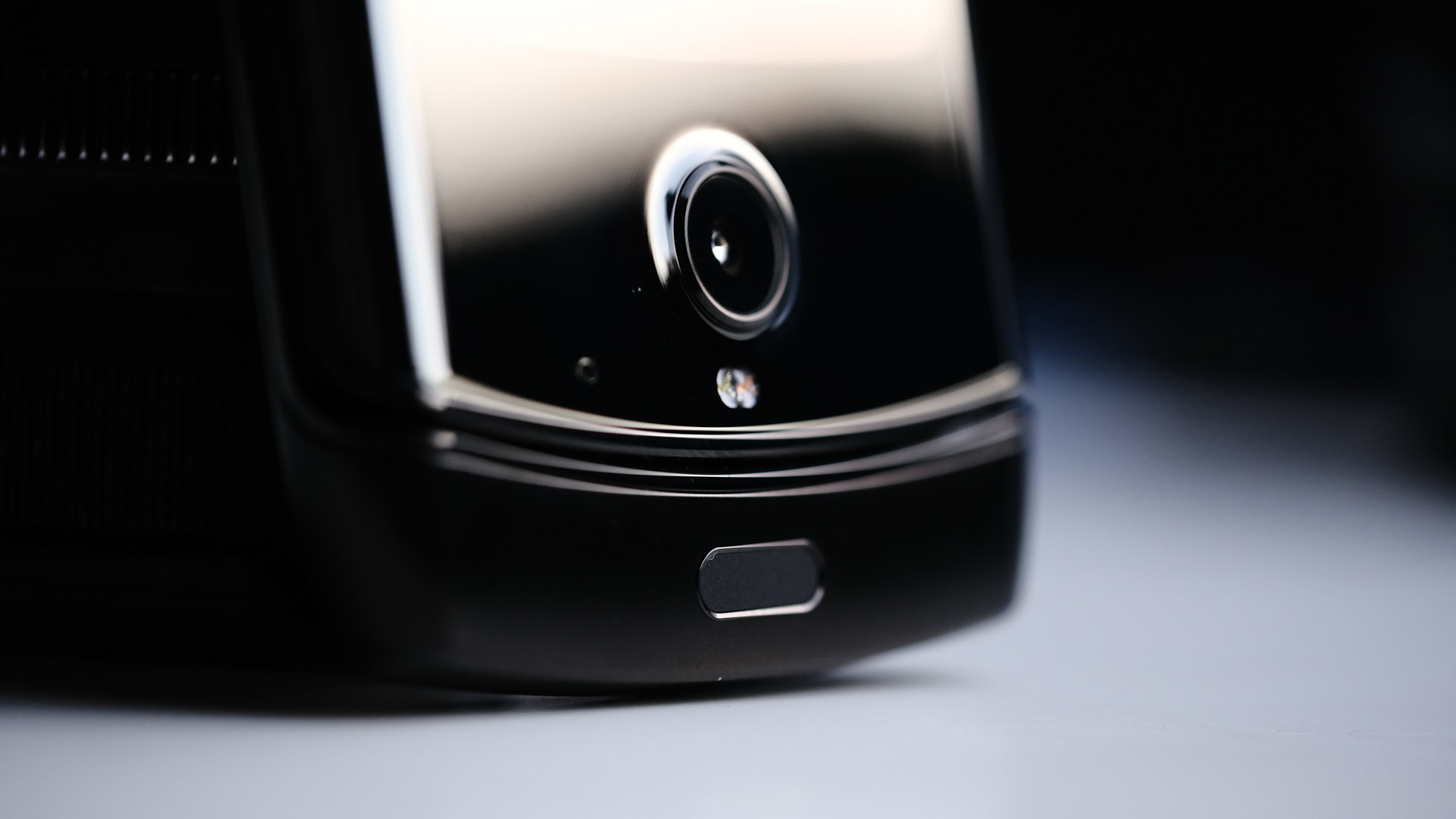Affiliate links on Android Authority may earn us a commission. Learn more.
The Motorola Razr doesn't have a SIM tray and that's a big deal

The new Motorola Razr merges classic mobile design with cutting-edge technology, and one area where the Razr is firmly ahead of the curve is with eSIM technology. In fact, you can only buy Motorola’s flip smartphone in the eSIM-only variety. That means no physical SIM card slot, which has a whole host of implications.
For starters, the SIM tray’s absence limits your choice of carriers. Not even all the big US players support eSIM quite yet, and certainly not on a global scale. For example, you’re out of luck if you prefer Sprint in the US, or Vodafone if you’re in the UK. Smaller MVNOs are almost certainly a no-go, so cheap plans are unlikely to be an option in the near future.
There’s also the question of network locking. With the Motorola Razr, purchasing from Verizon locks the phone to the carrier for 90 days until you’ve paid the phone off, at which point you can then switch to T-Mobile or AT&T. Although keep in mind that the phone is missing bands 12 and 14 used by these carriers for rural coverage! In the UK, the phone will arrive as an EE exclusive, so we’ll have to see if it’s permanently or temporarily locked to EE as well.
The bottom line is, prepare for a much more limited range of options when picking eSIM-only over a phone that supports traditional SIMs too.
eSIM is still maturing
Speaking of switching networks, one of eSIM’s strengths is that this is usually a super simple process. Carriers often send scannable QR codes to quickly get you up and running. So no more fussing about with SIM trays and keys.
Unfortunately, finding and comparing eSIM-compatible plans, especially ones that allow you to bring your own phone, isn’t easy. Carriers often only support certain devices as well, so that’s certainly worth checking out in advance. At the moment, getting started with eSIM can be a little more convoluted than just popping in a SIM card.
Networks with eSIM support are thin on the ground in a lot of countries.
Worldwide support for eSIM technology is growing, but outside of Western Europe, North America, and parts of Asia, choices become much more limited. If Motorola envisions a worldwide launch for the Razr, we may eventually see a version with a physical SIM tray pop up in the future.
These bugbears undermine one of eSIM’s greatest strengths, which is the ease of switching networks and data plans. For instance, changing plans while traveling can help avoid expensive roaming charges. It’s also relatively quick to cancel a plan or change to a new SIM if your phone is lost or stolen. Although again, giving users more control over these processes would make them much better. eSIM has loads of potential, but it could be a bit more consumer-friendly.
Paying to be on the cutting edge
The Motorola Razr leaps headfirst into the future of mobile, with a unique flexible display-driven design and sporting eSIM as the only networking option. Priced at $1,500, you’re certainly paying for the privilege, but you’ll have to suffer from some early adopter gripes as well.
Launching an eSIM-only phone targets a smaller market today, but will eventually be the norm.
While eSIM isn’t a new mobile technology, no other smartphone has shipped without a traditional SIM tray as a backup. The Google Pixel 4 and Apple’s latest iPhones have so far stuck with dual SIM options. The eSIM + physical SIM setup retains the flexibility of the legacy standard. The Motorola Razr fully embraces the future of eSIM technology, but that has its share of drawbacks while the ecosystem matures.
Eventually, eSIM should make it easier for us all to switch networks and data plans across not just one but multiple devices. Worrying about roaming charges and keeping old numbers will eventually be a thing of the past. The Motorola Razr is leading the way, but just be prepared to pay a little more for the privilege.